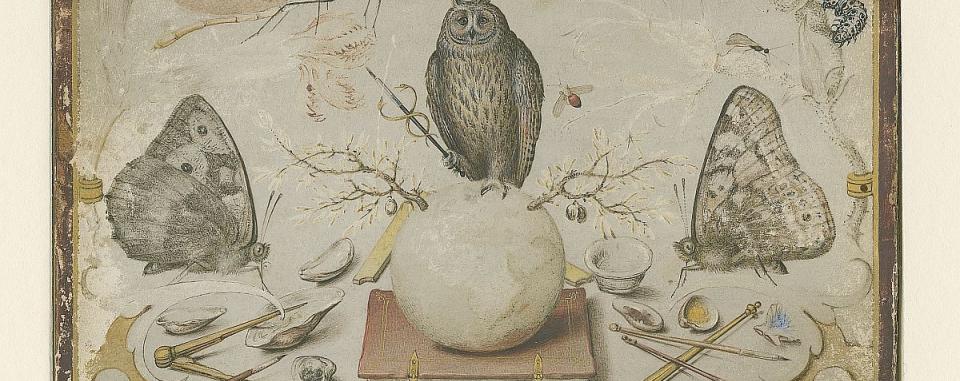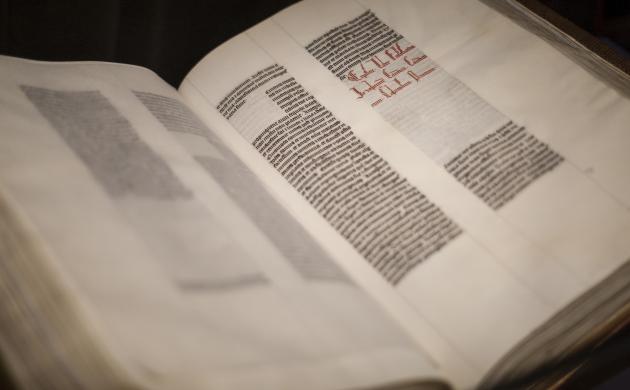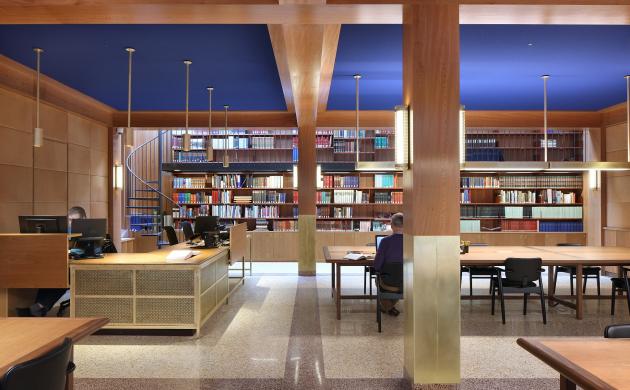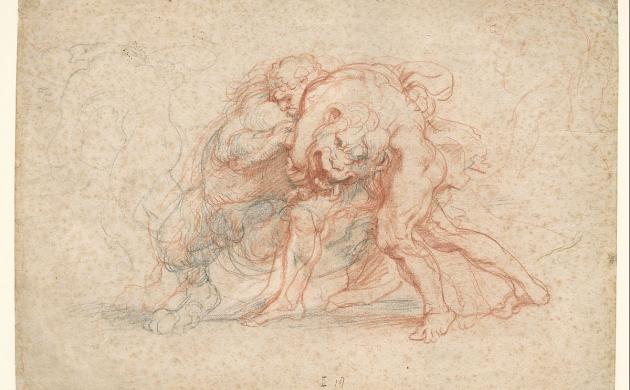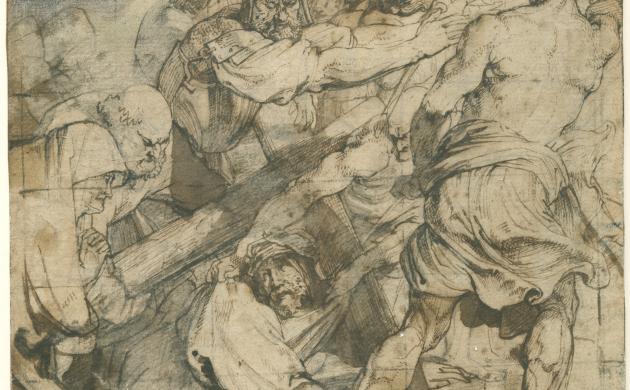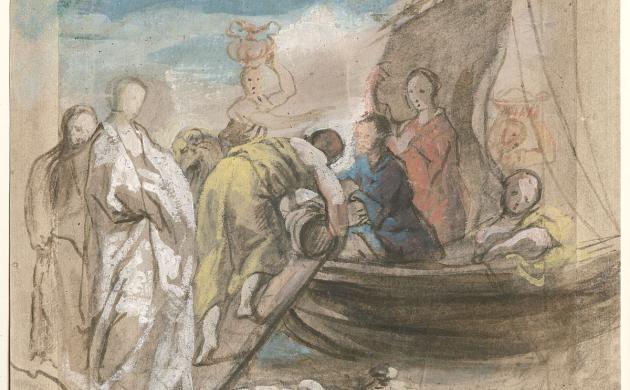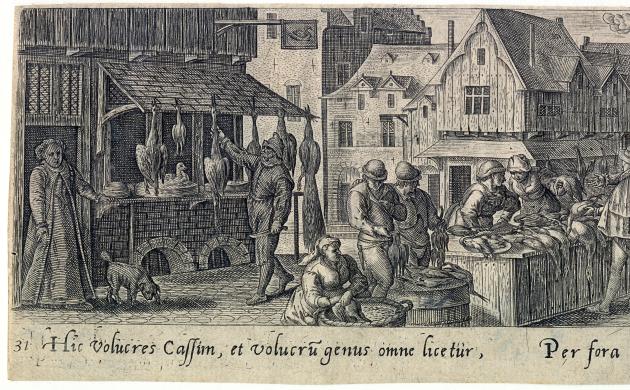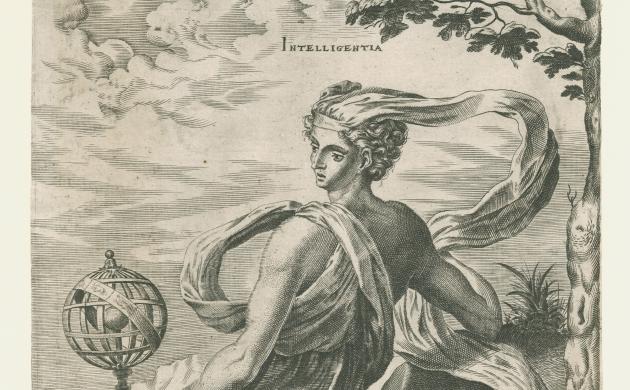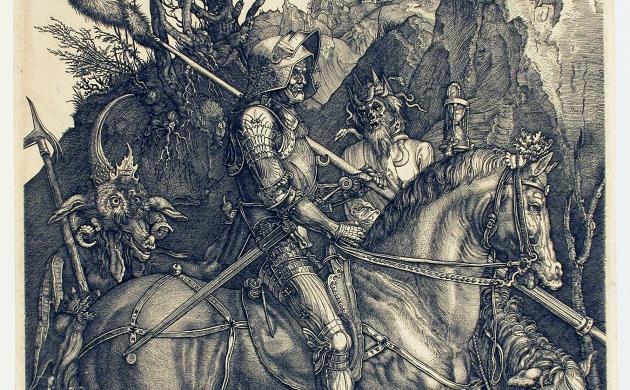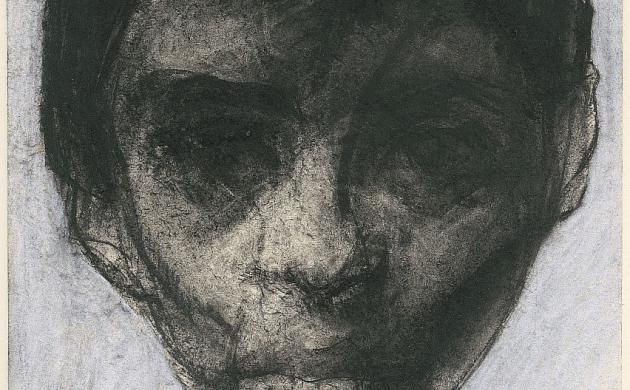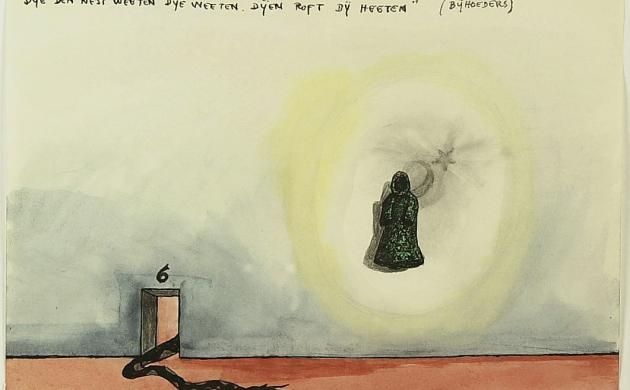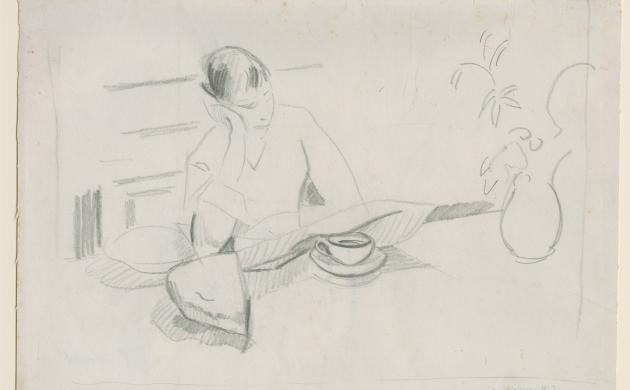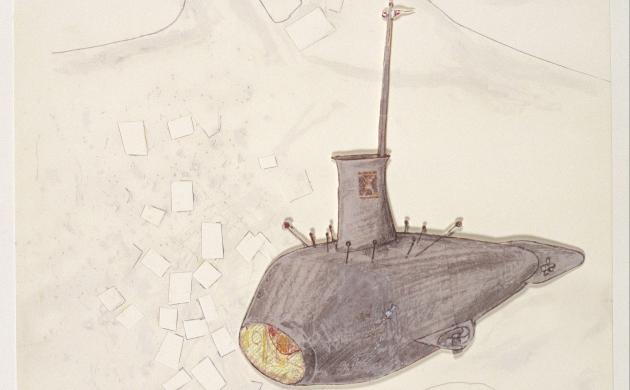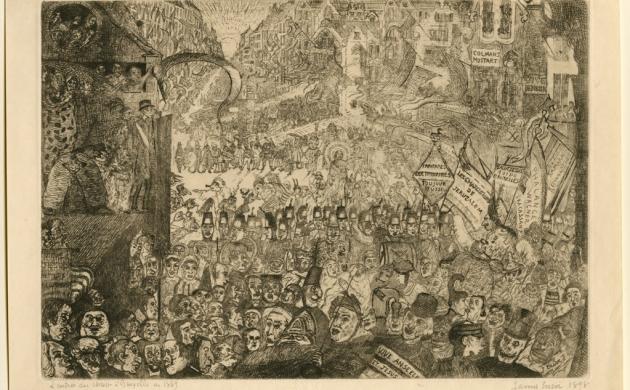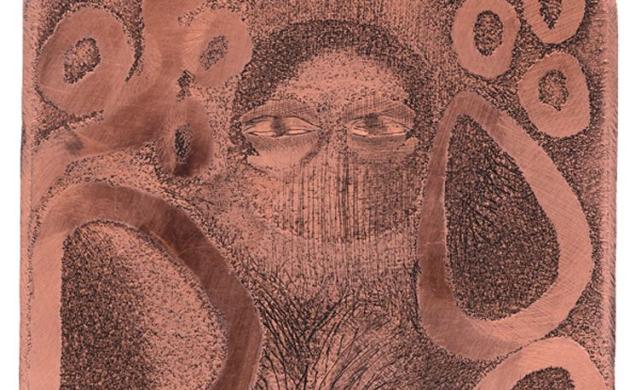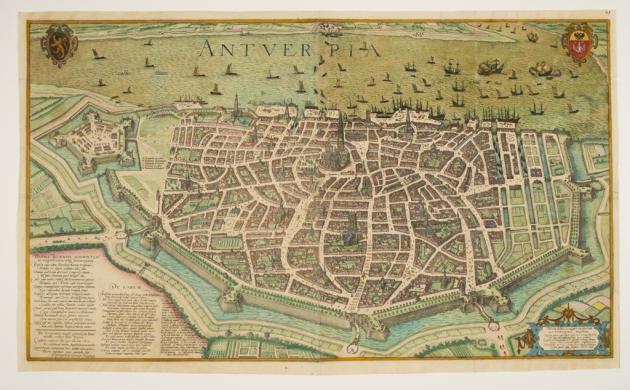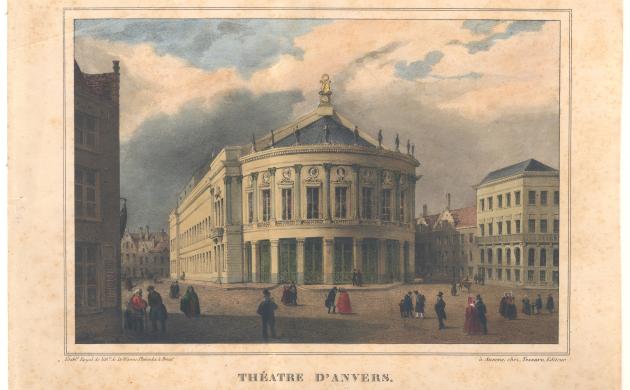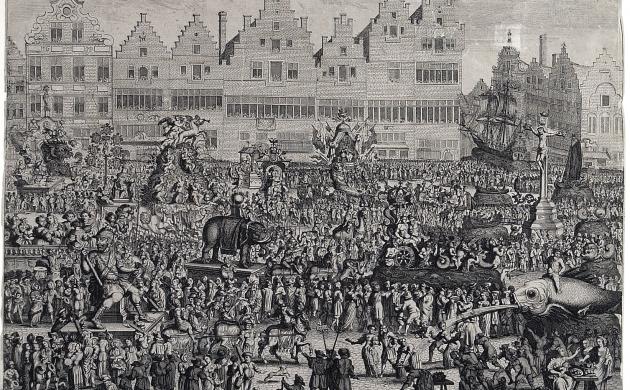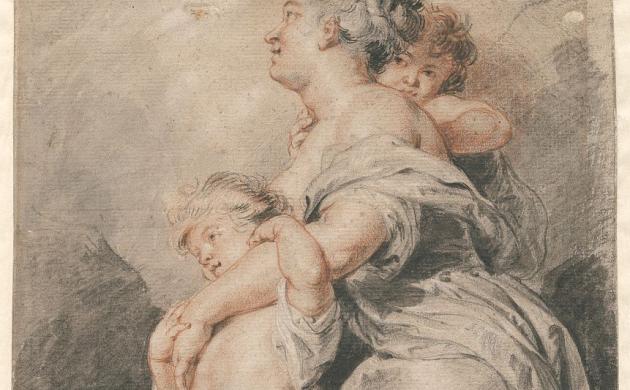The Print Cabinet: a truly world-class collection
The Print Cabinet of the Museum Plantin-Moretus has more than 20,000 drawings. This rich collection is among the finest in the world, and focuses on Antwerp artists from 1500 to the present. Since 1991, the Print Cabinet has been a member of the International Advisory Committee of Keepers of Public Collections of Graphic Art, bringing together the fifty most important print rooms worldwide.
The collection of prints and drawings originated from the collection of the Museum Plantin-Moretus and the private collection of its first curator, Max Rooses. Book illustrations are an area of specialisation shared by the Museum Plantin-Moretus and the Print Cabinet. The history of the two institutions is therefore closely linked.
The superb collection of Max Rooses
Max Rooses (1839-1914) was a passionate collector of old prints and drawings that bore witness to the achievements of Antwerp’s graphic artists in the 16th and 17th centuries. He also collected prints that illustrated the editions of Christophe Plantin and the Moretus family, as well as modern prints and drawings from after 1800.
Rooses formed his print collection step by step. In 1875 he persuaded Antwerp’s city council to purchase the print collection of Edward Ter Bruggen. In 1898, the Antwerp engraver and print dealer Jozef Linnig bequeathed his estate to Rooses. As a curator, Rooses mapped out the course that his successors would take.
A new building for a growing Print Cabinet
Over the years, the Print Cabinet added several art collections to its original collection, through donations or purchases. In 1936, Antwerp’s city council decided to demolish the dilapidated municipal housing on the corner of Vrijdagmarkt and Heilig Geeststraat. It made room for a new building that matched the architecture of the adjoining Museum Plantin-Moretus. On 11 March 1939, Mayor Camille Huysmans officially opened the Antwerp Municipal Print Cabinet.
Museum and Print Cabinet officially united
In 2004, the Ministry of the Flemish Community granted the Museum Plantin-Moretus – together with the Print Cabinet – recognition as an institution of national importance. This represented a formal confirmation of the unity of the two institutions. The adjective ‘municipal’ was subsequently also dropped, and the institution’s name officially became Museum Plantin-Moretus/Print Cabinet.
Museum Plantin-Moretus: source of inspiration
The museum plans to expand the Print Cabinet further. The Print Cabinet is a platform for artists and graphic designers in Antwerp today. Its collection is also a source of inspiration for these artists. The integration of high-quality contemporary art and close collaboration with contemporary artists closely reflects the Museum Plantin-Moretus' overall policy.
